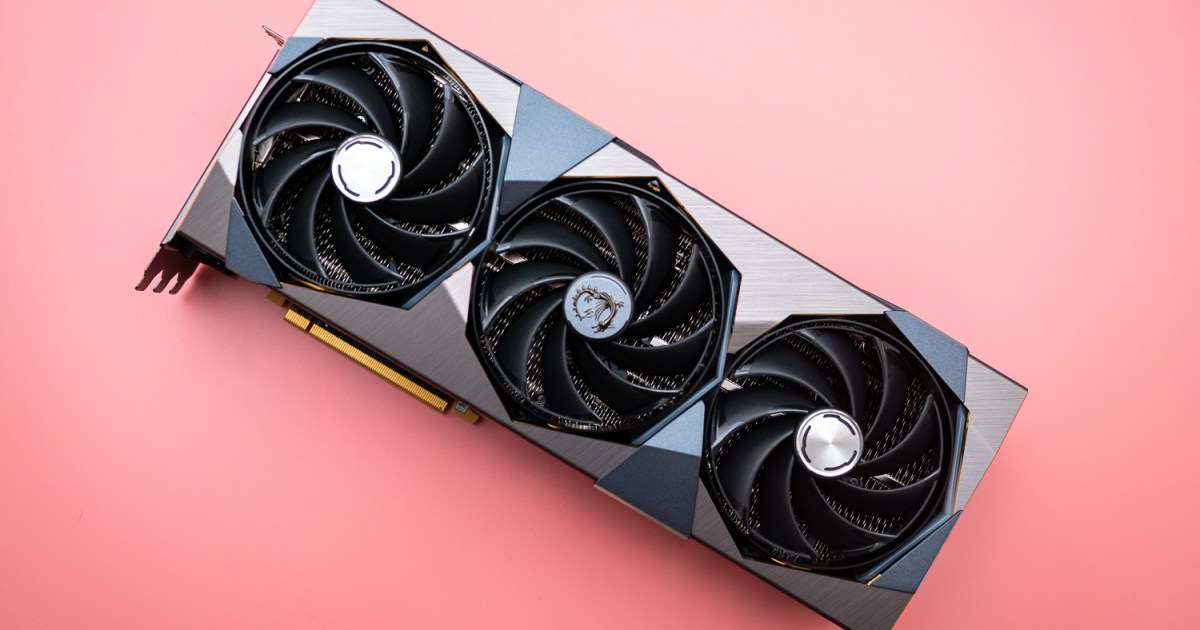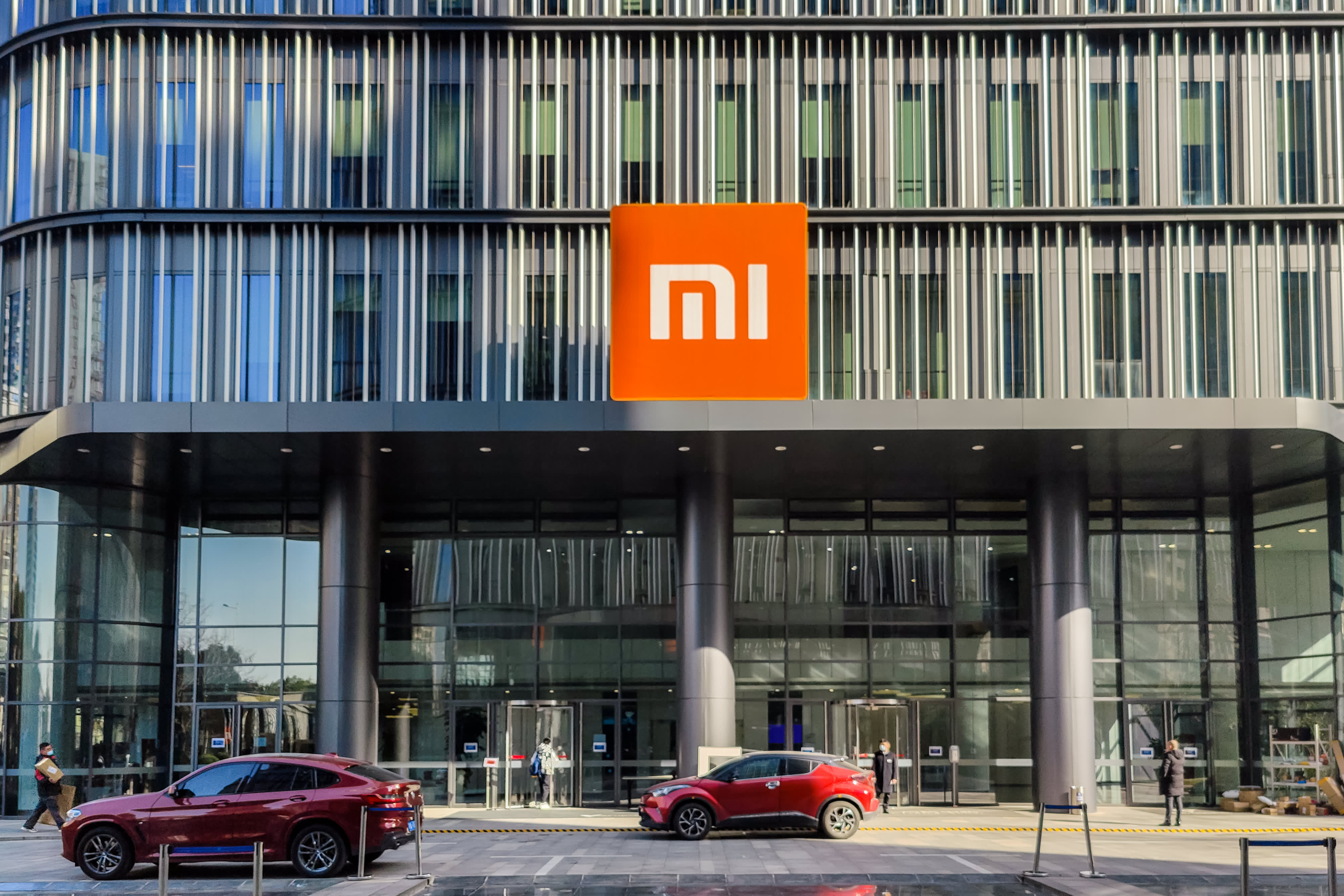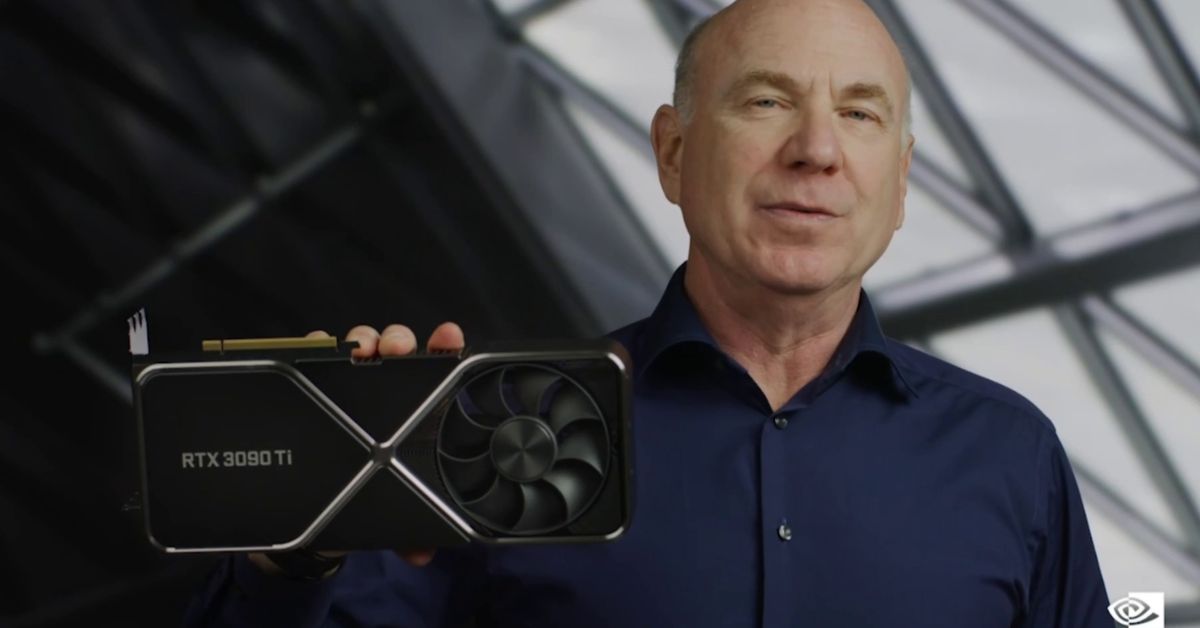Nvidia and AMD GPUs work together better than you might think
There's AMD and there's Nvidia, but what if you put them together and use them in the same PC? Insane performance, apparently.

 QuasarZone
QuasarZoneWell, now we’ve seen it all. You may have heard of dual GPU setups in the past, but combining AMD and Nvidia in the same system? Even if you’re using two of the best graphics cards, that’s always going to be tricky. However, it’s now been done and benchmarked, and the results are shockingly good — with a few major caveats.
QuasarZone took a chance on this, as the outlet itself admits, “crazy idea,” and it turned out better than most of us might have expected. The publication combined an Nvidia RTX 4090 with an RX 6600 to try to use both GPUs at once. The goal wasn’t just to see whether it was possible for it to work but rather to try the combined power of Nvidia’s DLSS 3 and AMD’s Fluid Motion Frames (AFMF). The latter is still in the technical preview stage.
As expected, running such a combo of GPUs is no easy feat, so the setup process sounds pretty daunting. After installing the RTX 4090 and the RX 6600 in the test system (which also included an AMD Ryzen 9 7950X3D), the tester had to install drivers for both GPUs, including a beta driver for the AMD card to access AFMF. The RX 6600 was set as the primary GPU, while the RTX 4090 took on the rendering role. In this scenario, the AMD card controls the display output, and the Nvidia GPU renders the game.
It’s worth noting that DLSS 3 and AFMF work differently. Nvidia’s DLSS 3 increases frame rates by adding generated images between rendered frames. It’s only available on RTX 40 GPUs and needs to be supported by the game to work. AFMF, on the other hand, is enabled on the driver side, meaning it should work with all DX11 and DX12 games. Setting up the GPUs in this way allowed games to first go through Nvidia’s DLSS 3 and then hit AMD’s Fluid Motion Frames before reaching the display.
 Jacob Roach / Digital Trends
Jacob Roach / Digital TrendsNow, for the juicy parts — QuasarZone was able to achieve a massive increase in frames per second (fps) in some of the most demanding games, including Cyberpunk 2077, Call of Duty: Modern Warfare III, Ratch & Clank: Rift Apart, and Starfield. Starfield doesn’t even support DLSS Frame Generation yet, so the results don’t include it.
QuasarZone was able to pretty much triple the native performance in Cyberpunk 2077, reaching up to 209 fps with DLSS Frame Generation and AFMF both enabled. That’s a 291% increase over native fps. Similar gains can be seen across all the other titles, which is an impressive performance for two GPUs that should have never ended up in the same PC.
Does this mean that this will be the new dream setup for enthusiasts, something like what the dual Titan GPU used to be in the past? No chance. Pairing two GPUs from different vendors, complete with drivers, is unsustainable and can lead to major instability, crashes, blue screens, and what have you. This was a fun experiment, and clearly, it worked, but it probably wouldn’t work for too long.
Editors' Recommendations
The tech that will actually make you a better PC gamer AMD FSR 3: everything you need to know about Fluid Motion Frames No more GPUs? Here’s what Nvidia’s DLSS 10 could look like This Starfield mod adds Nvidia’s DLSS 3 — for free I’m fed up with the AMD vs. Nvidia vs. Intel discourse, and you should be tooMonica is a UK-based freelance writer and self-proclaimed geek. A firm believer in the "PC building is just like expensive…
AMD’s two new GPUs significantly undercut Nvidia
AMD has just unveiled two new graphics cards aimed at gamers -- the Radeon RX 7800 XT and the RX 7700 XT. Set to rival some of the best graphics cards in this generation, the two GPUs are a way to bridge the gap in AMD's modest RDNA 3 lineup. AMD teases that both cards are suited for 1440p gaming, which could help them compete in the mainstream gaming market.
The prices are what stand out: the RX 7800 XT starts at $500, while the RX 7700 XT goes for $450. That significantly undercuts Nvidia's RTX 4070 at $600, though the RX 7700 XT is more expensive than the RTX 4060 Ti at $450. Nvidia could really use some competition, so let's hope that AMD's new GPUs will be powerful enough to make a dent in Nvidia's market domination.
AMD isn’t just copying Nvidia’s homework with FSR 3
After nearly a year of waiting, AMD has finally shared more details on its upcoming FidelityFX Super Resolution 3 (FSR 3). If you've seen the original announcement you know what to expect -- it's AMD's FSR upscaling combined with something called Fluid Motion Frames to multiply frame rates. The big news? It works with any GPU.
Well, not technically any GPU. AMD says its Fluid Motion Frames works on anything from the original RDNA generation (RX 5000) and newer, but that includes GPUs from Nvidia and Intel. It's a much different approach than Nvidia's Deep Learning Super Sampling 3 (DLSS 3). The DLSS Frame Generation feature not only requires an Nvidia RTX GPU, but specifically one from the most recent generation like the RTX 4070.
Some of our worst fears about Starfield may now be confirmed
We saw it coming, but we're still not happy. According to a recent leak, gamers who want to play Starfield may be unhappy if they have an Nvidia or Intel graphics card. It's increasingly looking like the upcoming Bethesda game will only support AMD's upscaling tech, FidelityFX Super Resolution 2.0. Such assumptions have been floating around for a while, and a look into the game files seems to have confirmed them, bar any unexpected findings closer to the release date.
Sebastian Castellanos on Twitter dug through the Starfield preload files on PC, and there's been no sign of any support for Nvidia's DLSS or Intel's XeSS upscaling technologies. We've seen it coming ever since AMD announced an "exclusive partnership" with Bethesda -- and Starfield in particular. Both the game studio and the GPU and CPU maker have been worryingly silent on the matter ever since. While this might come as no surprise, it's still disappointing if it turns out to be true.

 ValVades
ValVades 




























.jpg)






